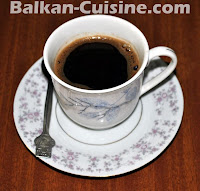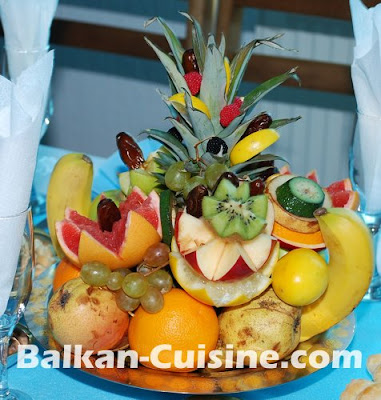
Keys of Mediterranean Dining
The main keys of every Mediterranean dish are the perfectly grown vegetables. All Mediterranean dishes are abundant with vegetables like peppers, onions, eggplants, mushrooms, cucumbers, squashes, garlic, artichokes and various lettuces and greens. What makes this cuisine one of a kind is the fact that the basic in the Mediterranean cooking is the usage of many herbs like basil, rosemary, mint, cilantro, oregano, parsley, dill and fennel. The heart of the Mediterranean dinning is seafood. Shellfish are extensively used in many Mediterranean dishes from stews, soups, pastas to salads. Also, anchovies are mostly eaten in the Mediterranean region, and there are many ways to prepare this fish. As well, ell, swordfish, octopus, monkfish, squid and cuttlefish are the other fish that are predominantly served.Source for meats in Mediterranean dinning are smaller animals like goats, lambs, pork, rabbit and sheep. Beef, on the other, is uncommon for this cuisine. In addition, another key of Mediterranean dinning is the usage of olive oil. Almost all Mediterranean dishes start with olive oil. What is more about the Mediterranean cuisine is that it has mouth-watering wines especially famous are the Balkan wines. Wine is the most famous preserved drink, and it is said that Mediterranean dish is not complete if there is no wine.
Pita Bread - The Core of Every Mediterranean Dish
One of the specialties that stand for the Mediterranean cuisine is pita bread, which is a round pocket bread extremely used in all Mediterranean countries including the Middle eastern and the Balkans. Interesting about pita bread is the way of the Mediterranean cooking of the “pocket” in its middle. The “pocket” is made by stream that wisps out the dough; and as the bread flattens and cools, then the pocket is left in the middle of the bread. This pita bread could be found in all forms and sizes. Moreover the Mediterranean cooking has an interesting way of baking this bread: under “sač” which is a large lid, and the bread is covered with the “sač”, and then goal and ashes are put on the lid. Also, baking in brick oven is recommended. This kind of Mediterranean cooking is used in Montenegrin cuisine, Greece cuisine, Croatian cuisine, Turkish cuisine and many more.We could say that pita bread is used with everything! People fill the “pocket” with everything like a sandwich. In the Greece cuisine pita bread is the main component of pita-gyros and pita-souvlaki. Also, it is consumed with dips like tzatziki. Furthermore, pita in Turkish cuisine (or pide) is used for all pizza-like meals, and here it has a soft texture and it has not got a pocket. One of the pizza-like Mediterranean Turkish dish is lahmacun. Also, pita bread is widely used in whole Balkan countries. In addition, pita bread is sacred to the people where it is used, so there are many customs connected with pita bread. One of them is the pita bread with a hidden coin in it used on the night before Christmas Eve.
Mediterranean Cuisine – World’s Healthy Diet
It is believed that Mediterranean dinning is very healthy, so the modern nutritionists have made a special diet named the Mediterranean diet. Furthermore, it is said that Mediterranean cooking stands for naturally healthy eating. All healthy diets contain vegetables, fish and vegetables which are the keys of Mediterranean dining. UNESCO has recognized Mediterranean diet as an Intangible Cultural Heritage of Italy, Greece, Spain and Morocco in 2010. Thos diet has made a great impact in every aspect of human health. Researches have shown that the traditional Mediterranean food prepared with the Mediterranean cooking reduces the risk of heart disease, a reduced incidence of cancer and cancer mortality, and a reduced incidence of Parkinson's and Alzheimer's diseases.To conclude, Mediterranean cuisine isn’t ruled by a single culture, it is a creation of cultural exchange and influence, thus you can be easily confused about the Mediterranean dishes because many countries serve the same dish. It is a highly rich cuisine, with many interesting ingredients. Fresh vegetables, fruits, fish and the high level of olive oil usage make the Mediterranean cuisine World’s number one healthy diet recognized by many famous nutritionists. Also, there would not be a Mediterranean dish if there is no pita bread and wine.
Books about Mediterranean cuisine:
- Secrets from Coastal Italian Kitchens by Academia Barilla
- Islands of the Mediterranean by HF Ullmann
- Delicious Recipes from the World's Healthiest Cuisine by Martha Rose Shulman
- Mediterranean Diet Cookbook For Dummies by Meri Raffetto
Photo: maveric2003



























